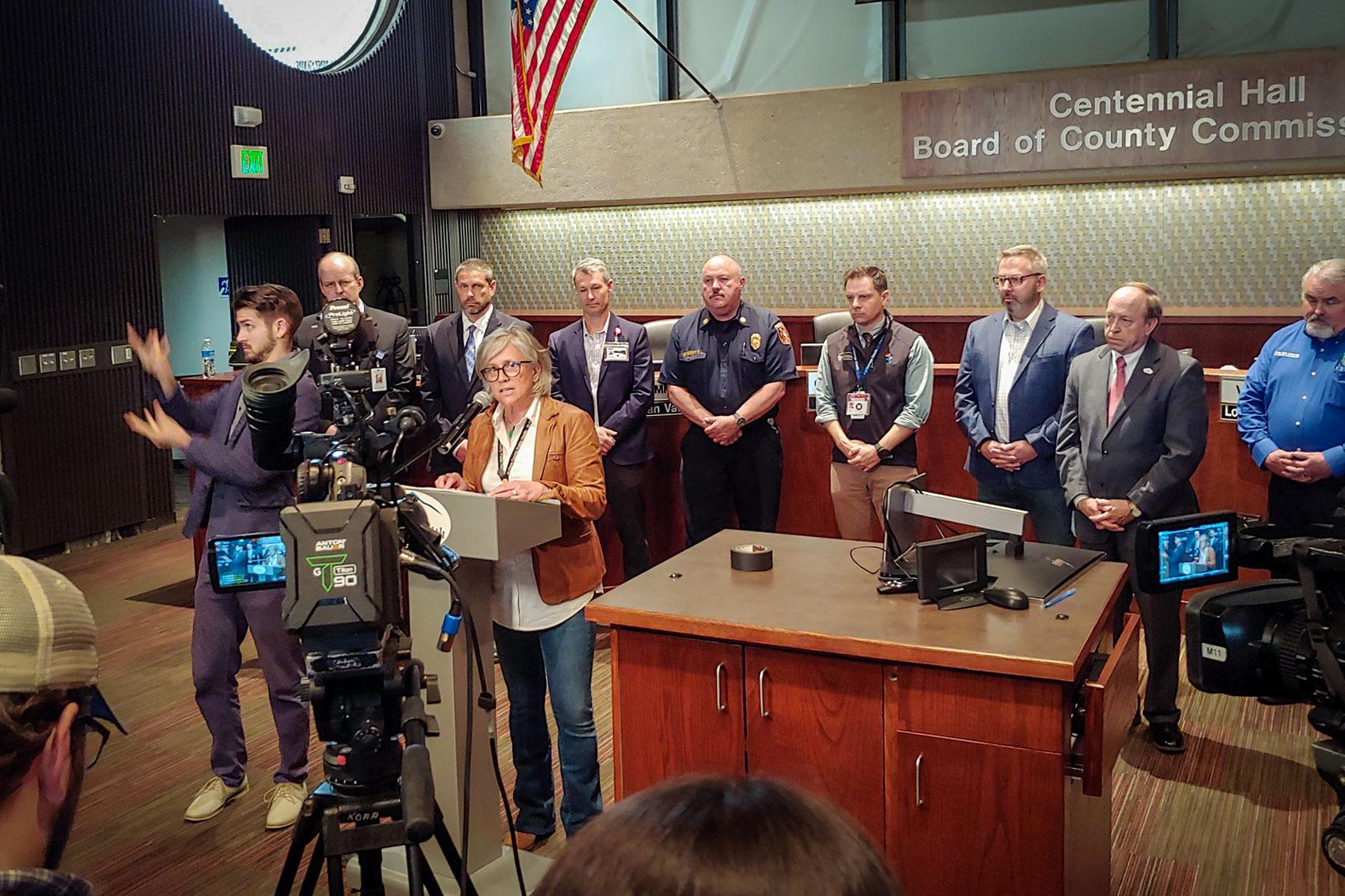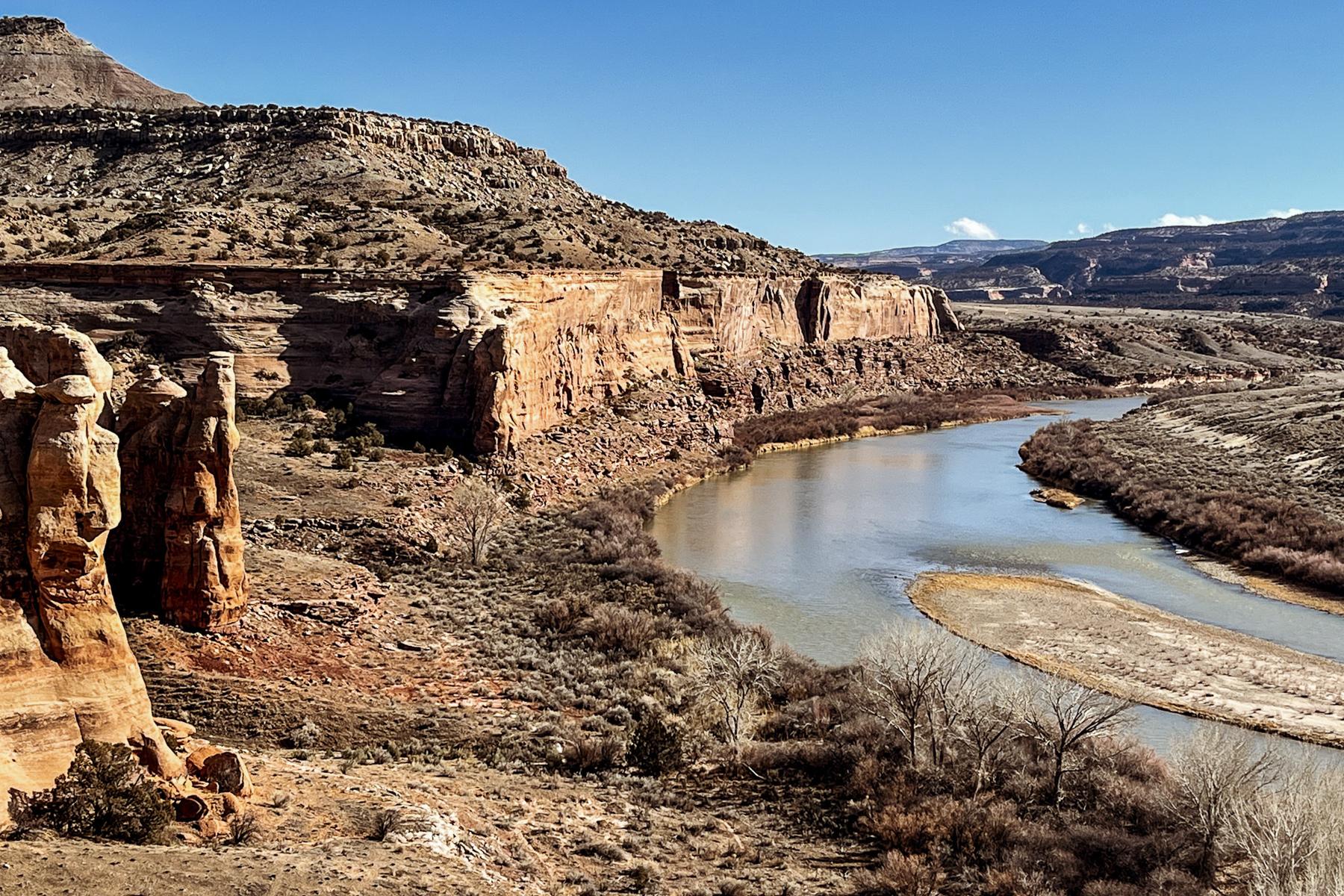
Those who have died in Colorado’s COVID-19 outbreak are mostly male, and mostly older. They are scattered across the state, and the locations with the most deaths seem to have no correlation with the places with the most cases or the highest rates of infection.
As the number of fatalities from the virus has now grown to 47 in the two weeks since the first case was detected, a few trends may be coming into focus.
Like much of the rest of the world, the illness here is hitting the elderly hardest. Just 10 of the 47 deaths were people under 70 years old. None were under 40.
“What we're seeing so far in terms of the patterns in Colorado -- who is experiencing complications that are resulting in hospitalizations and deaths are pretty consistent with our expectations,” said University of Colorado School of Public Health professor Glen Mays. “And what we're seeing nationally as well.”
But that doesn’t mean COVID-19 is an elderly person’s disease. Far from it, said Eric Aacko of the Weld County Department of Public Health and Environment, which, with nine deaths, has the second-largest number of any county in the state. Only El Paso County, with 11, has more.
“I think what's interesting for the public to realize is we have spread between adolescents all the way up to seniors,” Aacko said. “Really the public needs to take this virus seriously.”
El Paso and Weld Counties have experienced more than one-third of the state’s deaths. Denver, with the largest number of positive tests in the state, has had five deaths.
But though fatalities have skewed toward the elderly, just about half of the positive tests in the state through Sunday were people under the age of 50, though that demographic accounts for just 20 percent of the hospitalizations where an age was reported. Just 23 children under 10 have been hit by the virus so far, and only one of them required hospitalization.
But as many people under 30 have tested positive for COVID-19 in Colorado as people over 70 and those who are younger and require hospitalization can be very sick, said Denver emergency room physician Ricky Dhaliwal.
“There's also these, the young people that come in, 20- to 40-year-olds, And so, these people feel short of breath, look okay, but they, they decline quickly,” Dhaliwal said. “And it's like, wow, you know, that's not what you expect.”
Curiously, while males make up almost 60 percent of the deaths, women make up more of the positive tests. That could be explained by the small number of tests which have been conducted in Colorado -- just more than two-tenths of one percent of the state’s population had been tested through Sunday, making it hard to draw any conclusions from test results.
But many of those who have died two weeks into the crisis in Colorado are similar to Rod Powell, a 69-year-old Vail musician with underlying health issues who caught the illness earlier this month and quickly became critically ill.
“We were as close as brothers, you know, I mean, we were attached at the hip in life,” said Powell’s friend, Shannon Tanner. “The moment he went to the hospital in Vail, he was intubated immediately and put on a ventilator, which basically put him out of commission. They had to give him sedatives, you know, so he wouldn't try to pull the equipment out. So from the moment Rod was in the hospital, that was it.”









